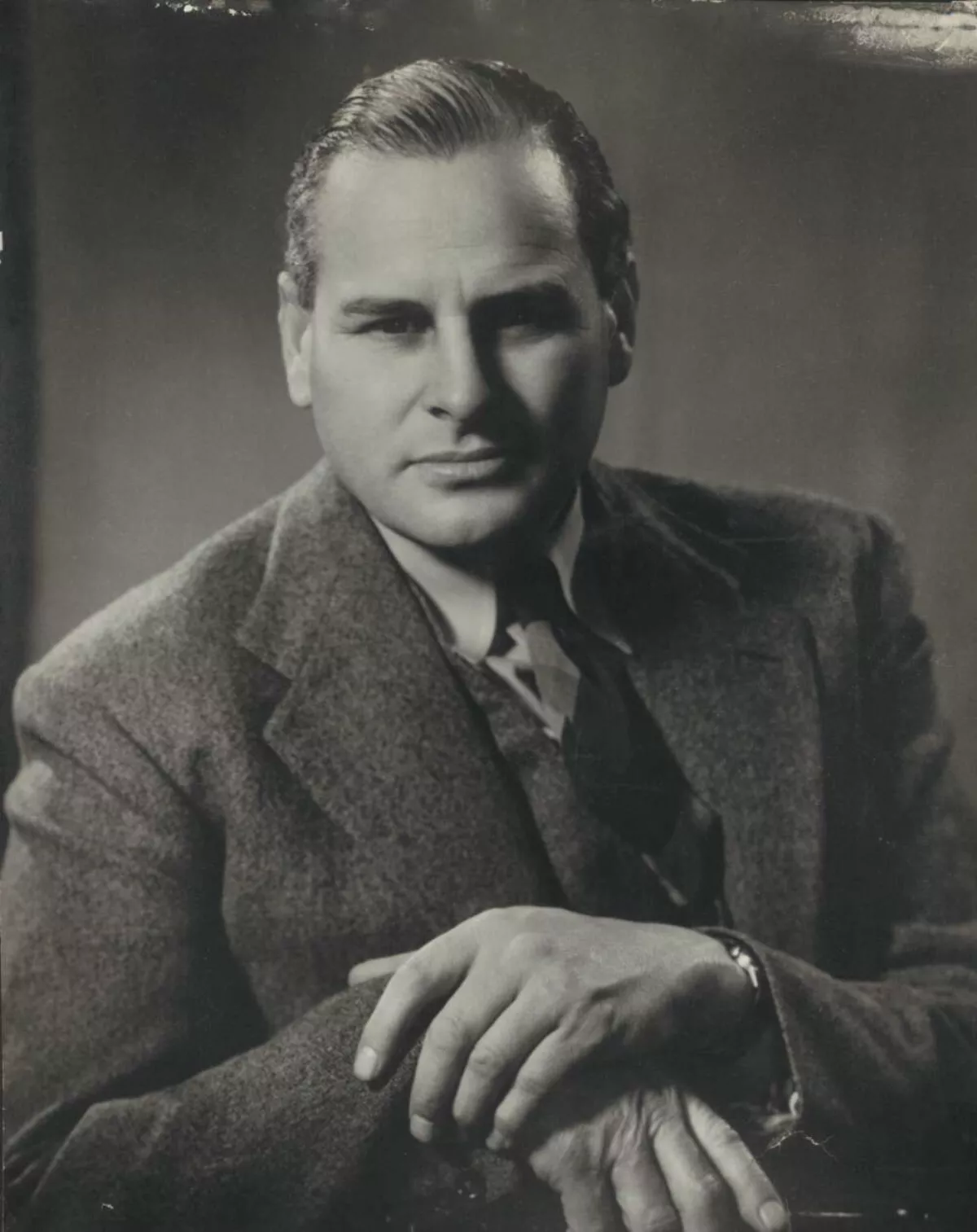 1.
1. Reginald William Winchester Wilmot was an Australian war correspondent who reported for the BBC and the ABC during the Second World War.

 1.
1. Reginald William Winchester Wilmot was an Australian war correspondent who reported for the BBC and the ABC during the Second World War.
Chester Wilmot was killed in the crash of a BOAC Comet over the Elba island.
Chester Wilmot attended Melbourne Grammar School and then studied history, politics and law under Sir Ernest Scott at the University of Melbourne, where he resided at Trinity College and became interested in debating; after he graduated in 1936, he went on an international debating tour.
Chester Wilmot was sent to the Middle East in 1940 and reported from North Africa, Greece and Syria; he was in Tobruk during the siege of 1941.
When Japan entered the war, Chester Wilmot returned to Australia, then went out to cover the war in the Pacific.
Chester Wilmot reported from Papua during the Japanese invasion in 1942, including the Kokoda Track campaign, where he walked up to the forward area, around Abuari and Isurava, with fellow war correspondent Osmar White and cinematographer Damien Parer.
Chester Wilmot regarded General Sir Thomas Blamey as incompetent and protested at his sacking of Lieutenant General Sydney Rowell.
Chester Wilmot was reinstated, but on 1 November 1942, Blamey again terminated Chester Wilmot's accreditation, this time for good.
In 1944 Chester Wilmot transferred to the BBC where he was one of the principal reporters for D-Day, flying in a glider with the 6th Airborne Division.
Chester Wilmot was present at and reported from the field for most of the actions during the liberation of Europe.
Chester Wilmot was part of the television commentary team for the coronation of Queen Elizabeth II.
For Christmas 1953, Chester Wilmot was sent by the BBC to Australia to participate in a round-the-world broadcast on Christmas Day, where he narrated The Queen's Journey, telling the story of recent royal visits.
Chester Wilmot was en route back to Britain from that assignment on BOAC Flight 781 when his plane, a Comet 1, broke up following explosive decompression over the Mediterranean Sea; all aboard were killed.